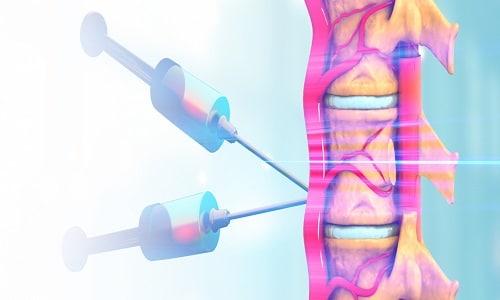The technolgies allow formulation of therapeutic proteins for tissue regeneration, thus offer hope in coping with spinal cord injuries

A team of researchers at Rutgers University has successfully stabilised an enzyme that can degrade/cure scar tissue resulting from spinal cord injuries and promote tissue regeneration. This has been achieved with the help of artificial intelligence (AI) and robotics, which helped formulate therapeutic proteins. The development offers new hope for patients coping with spinal cord injuries.
“This study represents one of the first times artificial intelligence and robotics have been used to formulate highly sensitive therapeutic proteins and extend their activity by such a large amount. It’s a major scientific achievement,” said Adam Gormley, the project’s principal investigator and an assistant professor of biomedical engineering at Rutgers School of Engineering (SOE) at Rutgers University-New Brunswick.
Spinal cord injuries, or SCIs, can negatively impact the physical, psychological and socio-economic well-being of patients and their families. Soon after an SCI, a secondary cascade of inflammation produces dense scar tissue that can inhibit or prevent nervous tissue regeneration.
Chondroitinase ABC (ChABC) is an enzyme known to degrade scar tissue molecules and promote tissue regeneration. However, at the human body temperature of 98.6° F (37° C), it becomes highly unstable and loses all activity within a few hours, calling for multiple, expensive infusions at very high doses to maintain therapeutic efficacy.
To stabilise everything, synthetic copolymers can wrap around enzymes such as ChABC. Therefore, an AI-driven approach with liquid handling robotics was implemented to re-synthesise and maintain the activity of ChABC at 98.6° F.
One of the motivators for Adam Gormley’s research was his personal experience with spinal cord injury.
“I’ll never forget being at the hospital and learning a close college friend would likely never walk again after being paralysed from the waist down after a mountain biking accident,” he recalled. “The therapy we are developing may someday help people such as my friend lessen the scar on their spinal cords and regain function.”
Through the above technique, researchers were able to identify several copolymers that performed well. In fact, one copolymer combination even continued to retain 30% of the enzyme for up to one week, a promising result for patients seeking care for spinal cord injuries.






